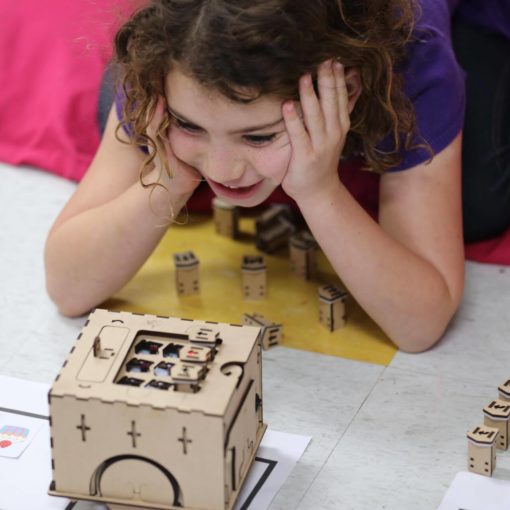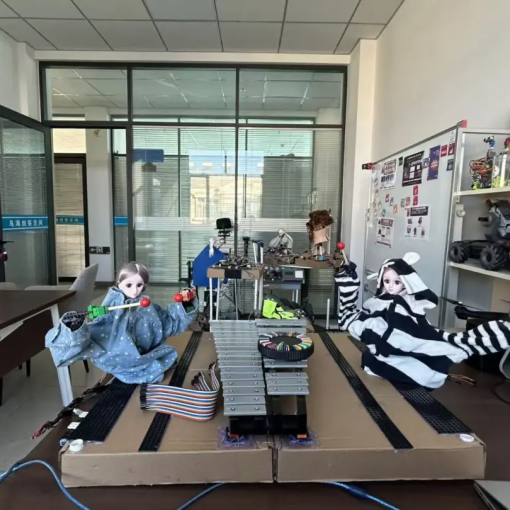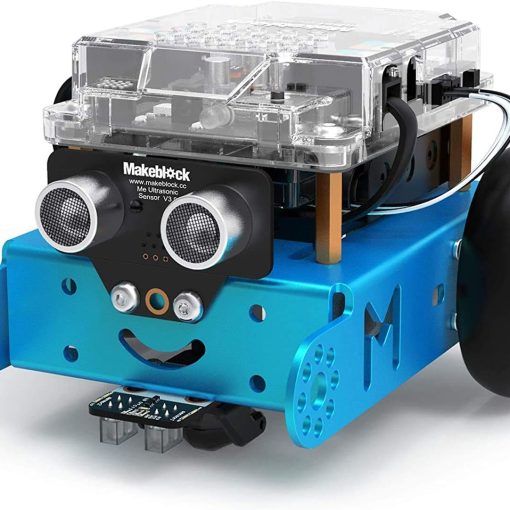Welcome to the Gen Z Makers — at Maker Faire Shenzhen 2025!
Here, we invited a group of makers to share their story and experiences in pushing technological boundaries — how they push their limits, overcome obstacles and even how to embrace failures.
Gen Z Makers — Crafting the Future with AI Tools
With AI as the weapon, these makers are rewriting what’s possible in the fields of AI hardware:
- Meet robotic companions brought to life through AI personality algorithms
- Develop the world’s first desktop-class bipedal robot powered by Raspberry Pi
- Imagine AI that interacts through living plants and wearable technology
They’re not just NPCs – they’re the superheroes of the AI revolution!
FoloToy: Nurturing Childhood with AI Hardware
Maker Faire Shenzhen Curator Ye Yu says:
When we talk about “AI creations,” toys may be one of the most powerful carriers of both technological and human care. In this emerging field, FoloToy’s core founders, Wang Le and Guo Xinghua, stand out as early pioneers and practitioners in China.
Today, I’m honored to invite Mr. Guo, the Founder of FoloToy, to share his journey—from an engineer obsessed with building robots, to a trailblazer who infuses childhood with intelligence and companionship through AI.
- Let’s rewind to last spring: At an AI event in Shanghai, our advisor Richard first met the passionate founder Wang Le, which left a deep impression on us. Just a couple of weeks later, Wang visited our company, where I had my first in-depth conversation with him and discovered their fascinating mission—bringing advanced AI capabilities into the most familiar companions of childhood.
- Fast forward to midsummer: At the forum of LIGHT CONE, Wang Le openly shared FoloToy’s journey and vision in AI-powered toys. To be honest, his boldness and enthusiasm to explore technology were truly inspiring.
- Last year, at MFSZ 2024, Wang Le and CTO Guo Xinghua brought their latest AI-powered toys to the event. The buzzing crowds around their booth proved one thing: when cold lines of code and complex models meet the innocence of play and the genuine need for companionship, they spark a truly heartwarming power that resonates with everyone!
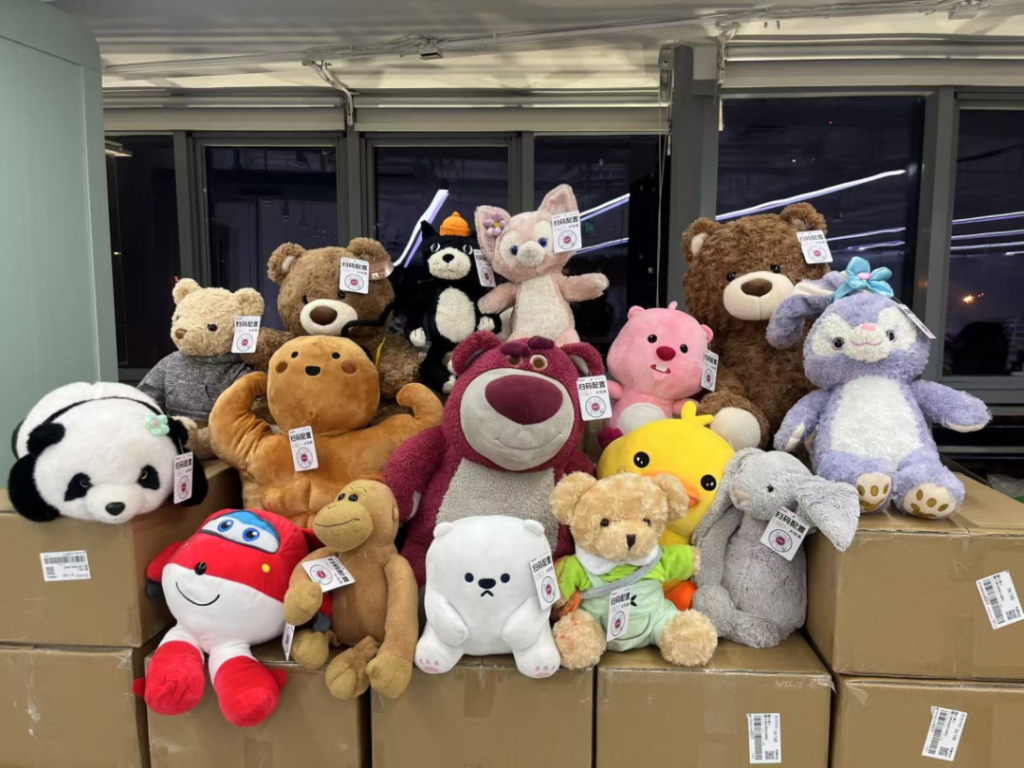
As an AI hardware company born from a “maker’s DNA,” FoloToy stands out for its seamless fusion of deep technical expertise and profound insights into children’s educational needs. That’s why I specifically invited Guo Xinghua, driven by a deep curiosity around several core questions:
- As early pioneers in China’s AI toy sector, how do they view the revolutionary impact of AI hardware on traditional educational paradigms?
- How does FoloToy strike the delicate balance between hardware innovation and delivering an exceptional user experience?
- From the perspective of a technical expert, how does he envision the limitless potential of “embodied intelligent companions” in providing emotional support across all age groups?
- And for a team that embraces the “Build in Public”, how does their open innovation model inspire creativity in the global community while making the benefits of technology more widely accessible?
Guests Inroduction
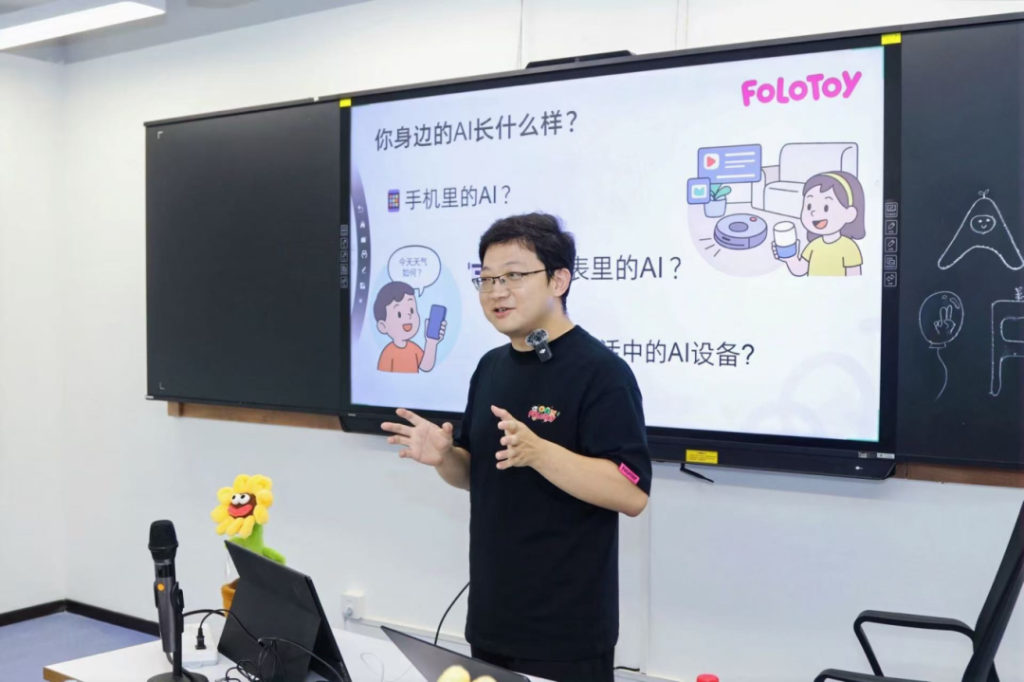
Guo Xinghua: Co-Founder and CTO of Folo
Q & A
Makey: “Mr.Guo, could you briefly introduce yourself and how you usually describe yourself: a maker, an engineer, an artist, a hacker, or something else?”
Guo Xinghua: “Hello everyone! I’m Zhang Yunuo, father of two child and co-founder of FoloToy.If I were to define myself, I’d like to call myself an engineer who lights up life with technology.
At the beginning of college, I was fascinated by the AI robotics and this curiosity and passion of tech still remained by now. Today, I hope to combine AI with hardware, turning them from cold machines into companions that could bring warmth and emotional connection.”
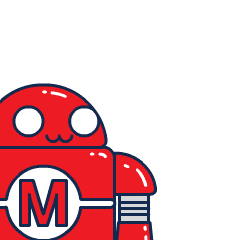
Makey: “What kind of AI hardware projects you been working on recently? What kindo of AI capabilities does it utilize? What are the key hardware/modules used in the project?”
Guo Xinghua: “In 2023, when the ChatGPT was released, my friend Wang Le and I couldn’t wait to explore how AI could be used to create something both fun and truly meaningful. Coincidentally, we both had children, so our first idea was simple—start with the toys.
My first attempt was upgrading my child’s story-telling device, enabling it to connect with ChatGPT for natural voice interactions. We gave it distinct character personalities so it could do more than just tell stories—it could chat, ask questions, and interact with children like a friend, guiding them to explore knowledge through conversation.
On the hardware side, I incorporated robotics technology into the development of AI toy. By carefully balancing users’ experience, power consumption, size, and cost, we achieved fast end-to-end connectivity with large AI models, as well as AI-driven sensing and motion-based interactions.
In terms of product design, we also prioritize user privacy. We implemented offline, edge-side wake-up capabilities and allow users to customize wake words, ensuring the AI provides companionship while keeping interactions safe.
Currently, our AI capabilities integrate LLM, voice interaction, and multimodal image recognition, laying a solid foundation for more features and applications in the future.”
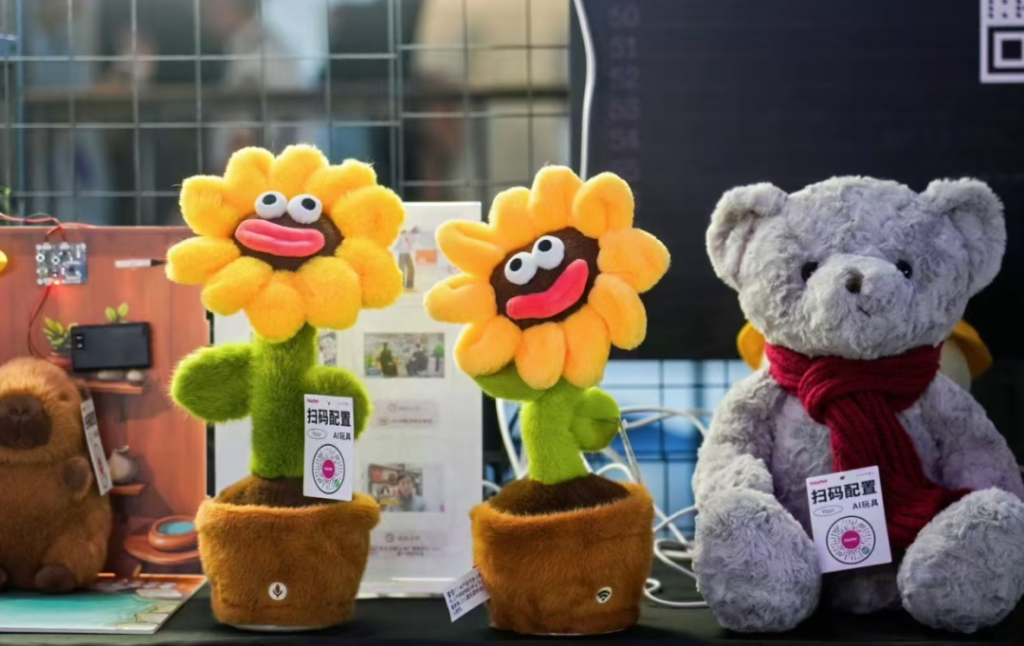

Makey: “That sounds like an incredibly fun toy! At MFSZ 2024, we also found FoloToy’s creations were extremely popular with children. And have you ever known anyone become interested in AI or hardware specifically because of your project?”
Guo Xinghua: “Absolutely—too much! From the first day of developing AI toys, we began to share our thoughts and practices with the global community. Using the name ‘七里台技’on Bilibili, I explain the technical solutions and modification processes behind our AI toys. Since its founding, FoloToy has embraced the concept of ‘Build in Public’, which allows more people to see, to participate in, and even create the future of AI hardware with us.
- Some parents have customized Gundam-themed AI toys as kids’ birthday gifts
- Some parents have modified one talking Ultraman toys
- Even some teachers have brought into classrooms for English conversation practice and AI-themed interactive lessons

One of the most unforgettable moments for me was when a parent of a child with autism reached out. They wanted to create a talking Peppa Pig toy for their child, because the plush toy had never responded. At that moment, I truly realized that the warmth of technology isn’t measured by how advanced it is, but is decided by whether it can touch the human heart.”

Makey: “Wow, that sounds like such a fascinating and heartwarming initiative—truly living up to your own definition of being “an engineer who lights up life with technology”! If you had unlimited time, what kind of AI hardware project would you want to create?”
Guo Xinghua: “What I aspire to create most is an AI companion — an item that can be a toy or a form of embodied intelligence. It doesn’t show off or make a fuss about how smart it is; instead, it quietly integrates into your life: chatting with you, helping with small tasks, responding when needed, and patiently staying silent when not.
It’s not just a cold hardware—it’s something that lets you feel comfort and joy in the little moments of daily life. One day, you might even forget it’s AI, seeing it simply as a trustworthy companion you can rely on.”

Makey: “Absolutely! In today’s busy world, both kids and adults truly need a close, reliable companion like that. Based on our conversation, we want to ask whether the most fascinating application of AI hardware should be these meaningful, heartfelt moments of companionship from your perspective? “
Guo Xinghua: “Yes, I believe the most fascinating application of AI hardware lies in providing emotional companionship and general education for children. Of course, the value of emotional companionship should not be limited to children. In the future, AI hardware can extend across all age groups—whether it’s the elderly, people with special needs, or adults seeking learning and emotional support, everyone can benefit from these embodied intelligent companions.
But for us, children remain the most important part, because protecting the warmth of childhood is the key motivation behind AI-driven emotional companionship.”

Makey: “Why do you want to combine AI technology with hardware? What problems do you think it solves, or what new experiences does it bring?”
Guo Xinghua: “This is closely related to my professional background and work experience—I’ve always been involved with robotics and intelligent hardware.The emergence of ChatGPT made me realize that combining AI with hardware will open up an entirely new world.
At that moment, I started thinking: how can we make it truly useful and accessible, especially for the next generation? That’s how we began with the most familiar device at home—the story machine—and transformed it into an AI toy capable of conversation and thinking. It not only keeps children company but also makes learning and acquiring knowledge more engaging and enjoyable.”

Makey:”If AI were a person, what role would it play in your project?”
Guo Xinghua: “It looks like a versatile partner—one can not only chat with and accompanies children, but also serve as a powerful assistant for our team. As an “AI Native” company, we constantly encourage team to think how to make the most use of AI. “

Makey: “Is there any AI tool you initially underestimated but later found to be really impressive?”
Guo Xinghua: “Generally speaking, I respect each AI tool, because AI evolves at an incredible pace. Many tools may seem insignificant at first, but when used well, they can truly transform the way we work and live.”

Makey: “What are your views on the future of AI + hardware? What new opportunities do you think it will bring?”
Guo Xinghua: “I believe that in the future, almost every piece of hardware desrved to be redefined by AI. Instead of serving as a a behind-the-scenes force empowering software, it will be embedded into every tangible product—from household appliances to transportation, from educational tools to robotics.
Within this wave of AI transformation, AI toys represent an entirely new category. They are not simply “toys that move and talk,” but a fusion of emotional interaction and intelligent companionship. They can sense your emotions, respond to your needs, and accompany you in learning and growth. This embodied emotional connection will profoundly reshape the relationship between humans and technology, making intelligence no longer cold, but warm, relatable, and soulful.
The original vision of FoloToy is to make AI toys a welcoming gateway for more people to understand and experience AI. Through forms that are cute, approachable, and highly interactive, we aim to lower the barriers to AI, allowing its beauty and potential to reach people more broadly and equitably.
The opportunities are limitless, and we believe this is only the beginning. As AI technology continues to evolve and hardware takes on new forms, we are standing at the threshold of the future. At FoloToy, we are continuously committed to walking this path further, together with everyone who carries a spirit of creativity.”
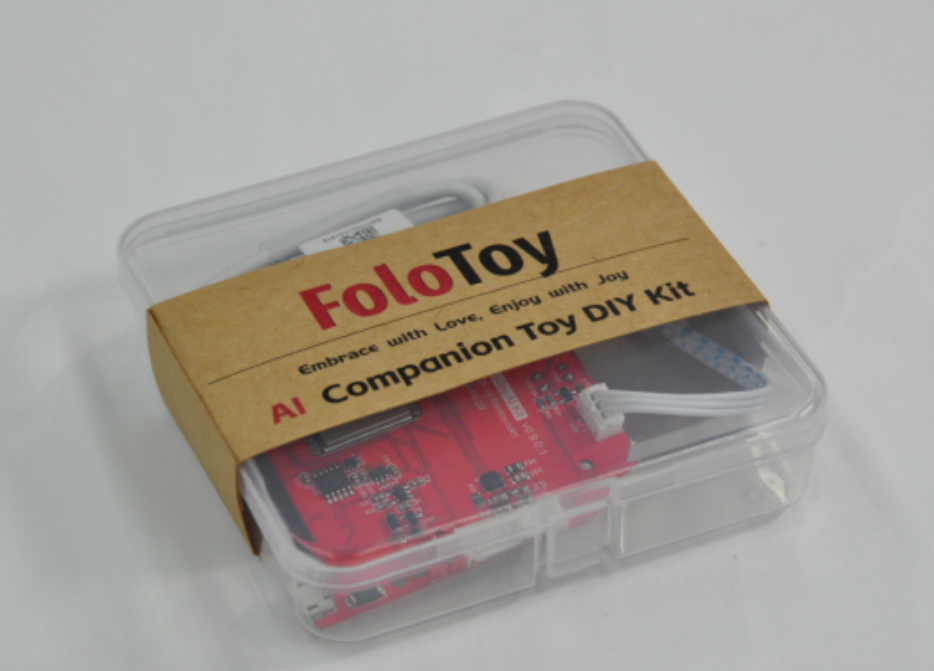
Huge thanks to Guo Xinghua for sharing his insights, and we hope this interview sparks some inspiration for everyone!
If you have any other perspectives on AI hardware, feel free to leave a comment and share your ideas!

If you want to showcase your innovative ideas and the impact they have on industry innovation, meet like-minded makers, and explore the specific applications of cutting-edge technologies in various industries at one of the largest maker innovation events in the world, we invite you to sign up by scanning the QR code below or clicking here. We look forward to seeing you there and sharing your journey of continuous innovation!
Call for Makers
Scan to Register

Registration Period: May 21th, 2025 – September 30th, 2025
Aiming to promote business connections between professional visitors and exhibitors, Maker Faire Shenzhen 2025 has initiated a new registration channel for professional audiences, which can ensure more efficient exhibition output and provide a good exhibition experience.
Channnel for professional audiences



Over the past 12 years, the development trajectory of Maker Faire Shenzhen can be seen as a microcosm of the development of maker culture in China.
- 2012: “Gathering Small Wisdom, Journeying through the Great Future” – This was the first Mini Maker Faire in China, with less than 1000 attendees, and was more like a gathering within a small circle. But we saw the infinite possibilities emerging from the maker community.

- 2013: The slogan was absent, and the maker community was still small. – In the OCT Creative Park, there were cross-disciplinary exchanges among different creative communities, silently laying the foundation for cultural output.

- 2014: “Innovate with China” – the event was upgraded to the Featured level for the first time, with a significant increase in scale compared to previous years, and the beginning of professional independent forums. This year, makers began to enter the public’s view.

- 2015: “Everyone is a Maker, what are you waiting for?” – This year’s Shenzhen International Maker Week became one of the largest Maker Faires in the world. This year, the concept of “maker” was elevated to a national level, and the trend of “mass innovation, mass entrepreneurship” swept across the country.

- 2016: “My World, My Creation” – As the sub-venue of the National Innovation and Entrepreneurship Week, the event was held for the first time in the commercial center area, experiencing unpredictable weather from typhoons to scorching heat. Many makers succeeded in your entrepreneurial endeavors this year, but it seemed like there were even more failures. The hype around entrepreneurship shifted towards rationality.
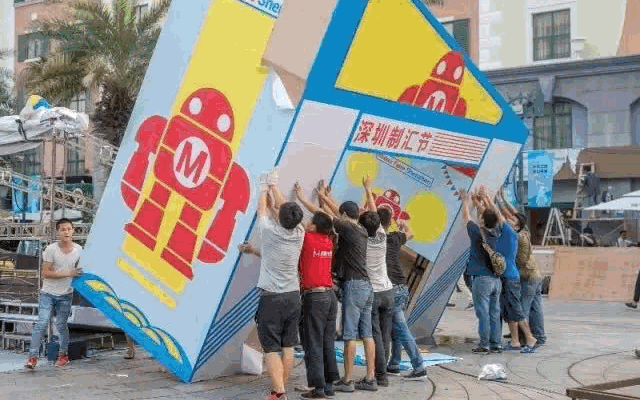
- 2017: “Makers, Go Pro” – The event took place at the university campus for the first time, focusing on Maker Pros and providing a platform for diverse innovators and makers to showcase themselves, presenting more possibilities for the growth path of makers to the entire community.

- 2018: “Co-making in the City” – The main venue of Shenzhen International Maker Week, where individuals and groups with shared visions and values gathered to showcase stories, projects, and explorations of collaboration among different communities and people.

- 2019: ” To the Heart of Community, To the Cluster of Industry” – The event was upgraded to the Maker Faire Shenzhen, attempting to attract professional audiences and focusing on pragmatic aspects such as solving the needs of industrial upgrading and co-developin. It aims to build a platform for innovation and industry dialogue and collaboration.

- 2023: “Where Are The Makers?”– Starting from our own mission and values, we aim to explore the future direction of makers and theapossibilities for commercialization. Though this question does not have a definitive answer, we do hope that through this event, we can communicate and share with every one of you, finding more ideas and directions together.

- 2024: “Everything is AI” – This year, we brought together over 120 exhibitors from around the world, attracting nearly 1,500 professional attendees from nearly 20 countries and over 20 provinces across China. The exhibition showcased a wide range of AI application projects and hosted 10 AI hardware-themed satellite events, alongside various workshops.

